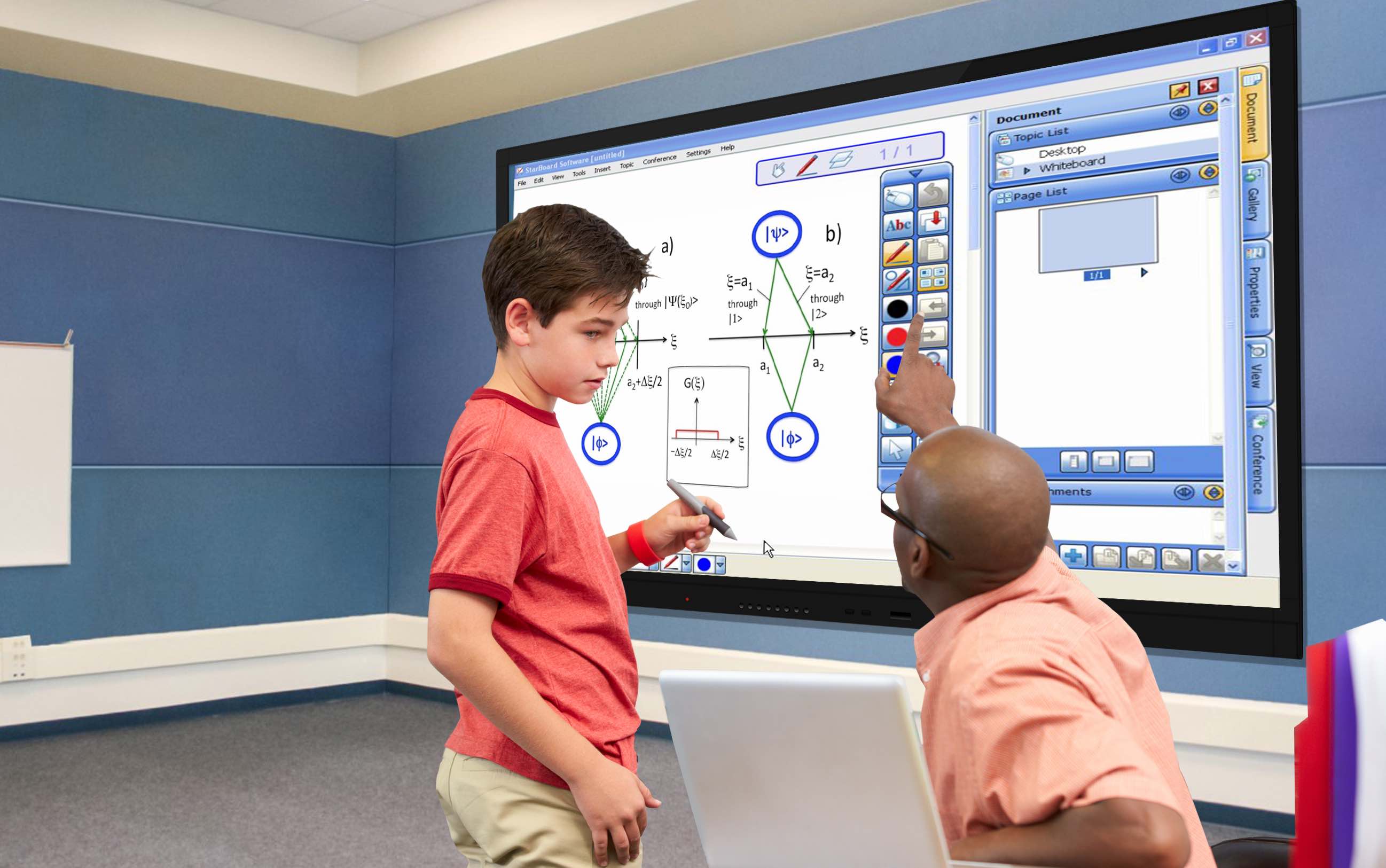
Student Performance Soars with EdTech
Better EdTech was on just about every school’s wish list for years, but now it is mission critical. Fortunately, technology for the classroom has gotten more powerful and less expensive very recently.

Better EdTech was on just about every school’s wish list for years, but now it is mission critical. Fortunately, technology for the classroom has gotten more powerful and less expensive very recently.
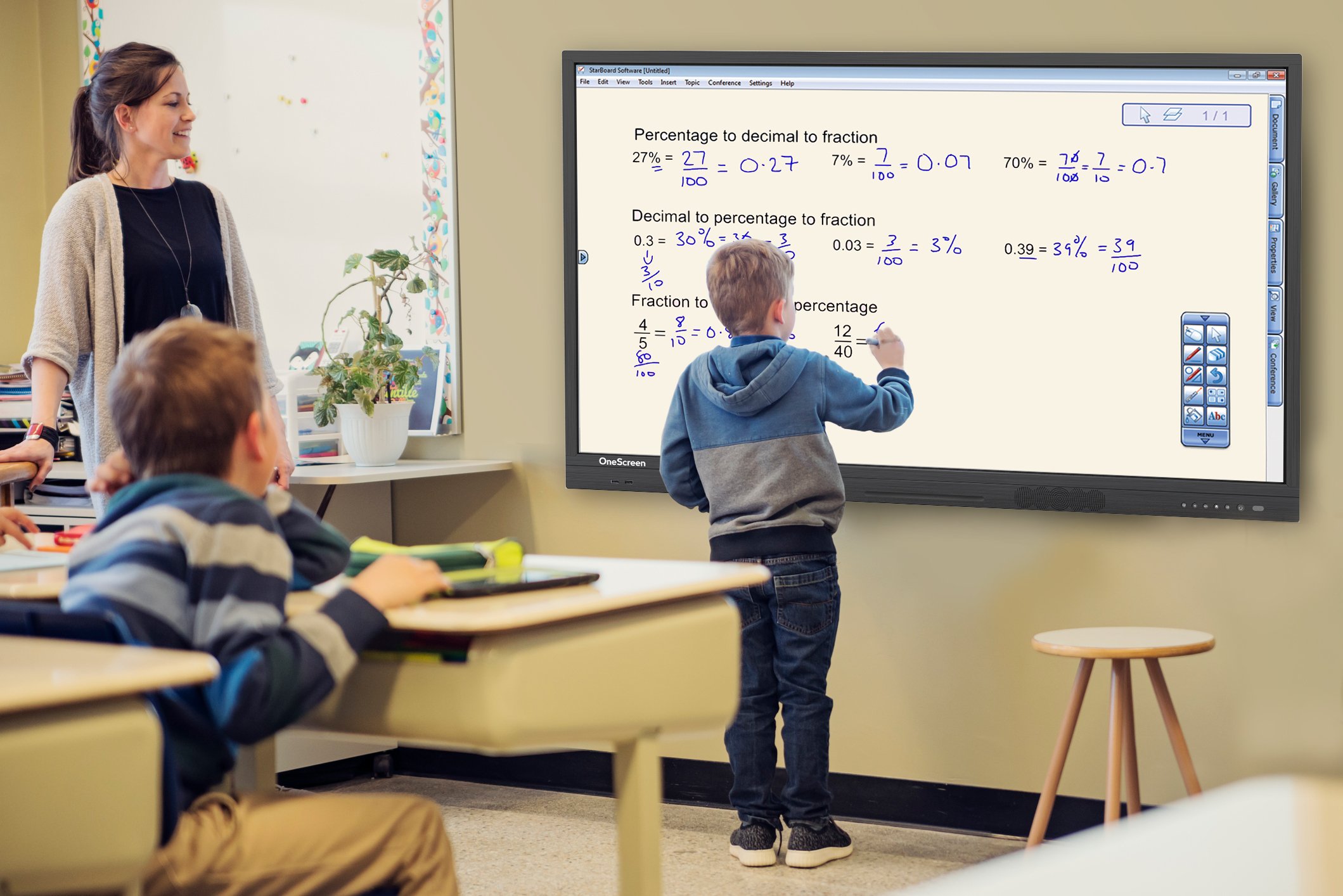
For Kevin Talentino, CEO of Virtual Technologies Inc. (VTI), the world of A/V and instructional tech is secondnature. After 30 years in the industry, he has created a role for himself as the cornerstone in a wholly unique, customer-oriented partnership with OneScreen and Team 1st.

Summer is just around the corner, the world is getting back to business and OneScreen is growing with a new sense of purpose.
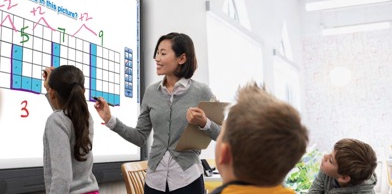
Whether they are in the physical classroom or logging in from home, kids struggle to stay engaged in schoolwork. In many cases, concentration on the lesson IS the lesson.
But the world is different now. Since 2008, smartphones and tablets have become virtual babysitters. Kids talk to their toys and their toys often talk back. Children today grow up understanding technology in a way no other generation has and there is no going back, even if we wanted to.
In Part I of Are We Asking Too Much of Teachers, we reviewed answers from our survey of teachers, primarily in the US, about their biggest concerns in the reopening of schools. We also asked whether they felt that the definition of teaching had changed forever.
We went deeper in Part II, moving on to what could be done to address those concerns. Their answers were thoughtful, complex, creative, emotional and sometimes even heart-breaking.
Before the pandemic hit, the teacher shortage was already at a crisis point. The Economic Policy Institute reported in March of 2019, “The teacher shortage is real, large and growing, and worse than we thought”.
In 2021, all the uncertainty around reopening schools, new safety measures and hybrid learning strategies has brought the underlying problem into sharp focus. We wanted to hear from teachers in their own words how things are going in their districts as the push for reopening intensifies. We also asked what they thought teaching will look like in the near future and what they needed to best manage this new reality.
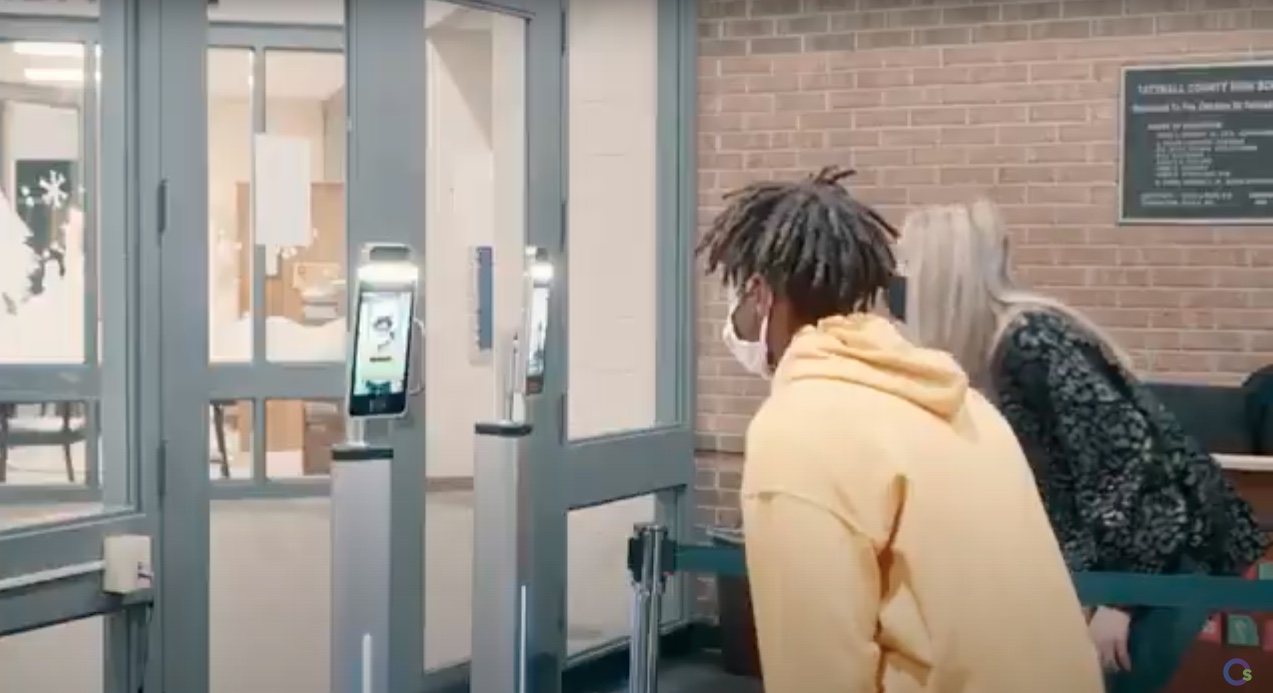
Securing school entryways has always been a hot topic. It often gets brought up at school events, district meetings and as a security concern by parents. Ensuring that access is under control and up-to-date with the best safety and security protocols can be difficult due to factors like not enough room in the budget or not having enough staff available to handle the changing requirements.
Summary:
The Ysleta independent school district used traditional teaching tools for decades. When they determined it was time to upgrade the classroom, the tech they needed didn’t exist. Team 1st Technologies, VTI and OneScreen joined forces to created customized tech and a template for helping schools everywhere.
Download the Ysleta Case Study PDF!
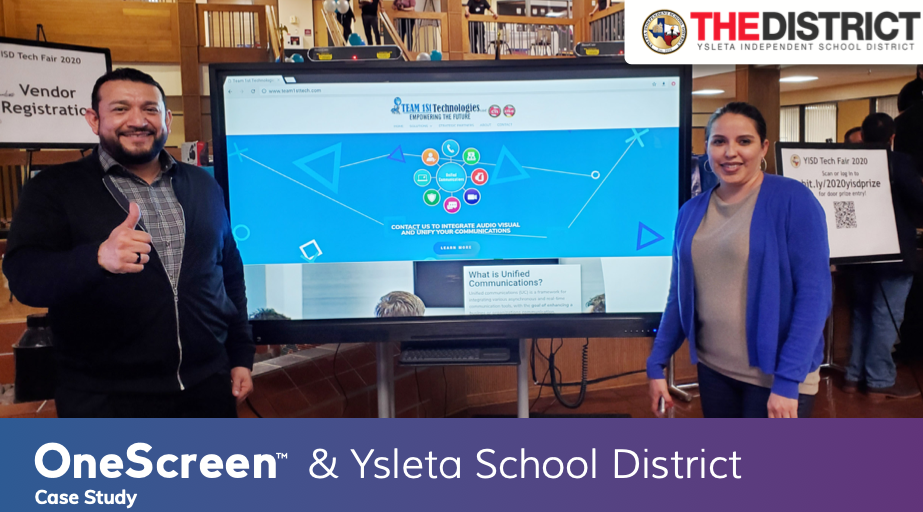
Ysleta Independent School District (YISD) is El Paso’s third largest district, with 64 schools serving 44,000 students in K-12. YISD schools are spread out across a wide region near the border separating Texas and Mexico with a student population that is 93% percent Hispanic.
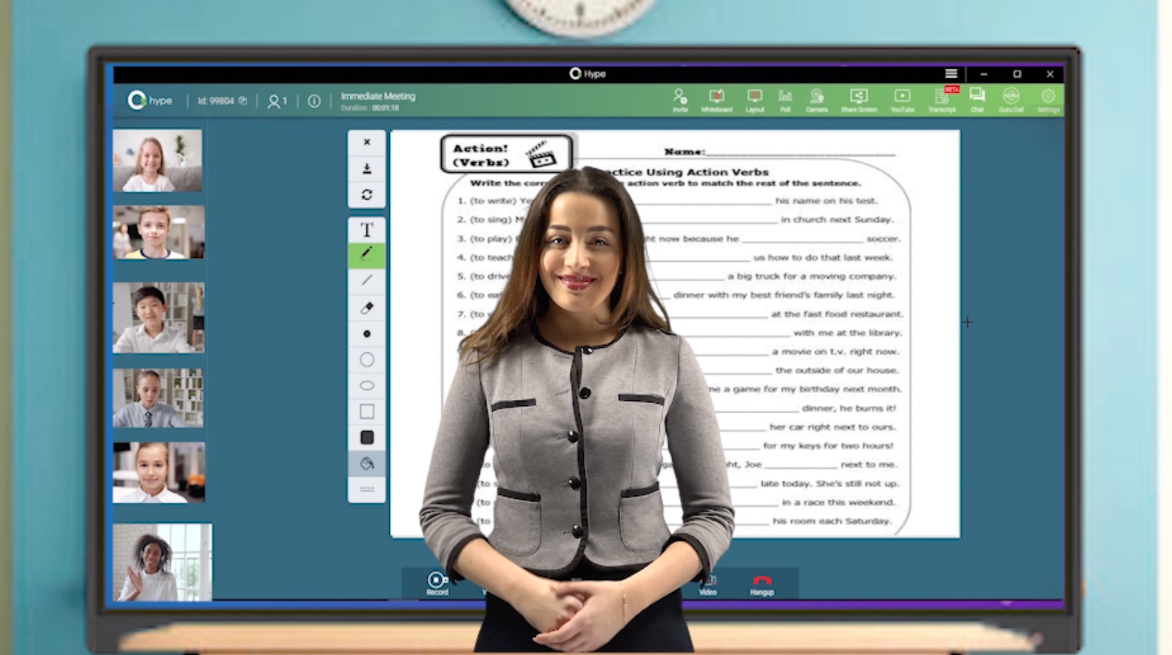
Summary: Digital tools can enhance learning and captivate students. The evidence is clear on that point. What’s not clear is the question of which tools are the most effective. The best digital tools are are both easy to use and exciting for students. We’ve gathered the data to present the top five technologies for the classroom:
 Onescreen 2020 Recap
Onescreen 2020 RecapThe year 2020 was destined to be one for the history books. Tech analysts and social critics have long predicted that the double 20s would be the tipping point when digital took priority over analog. They were right for all the wrong reasons. Remote work, remote learning and remote everything else became the defining features of life in 2020 as rising infection rates, rolling lockdowns and quarantines made in-person meetings all but impossible.